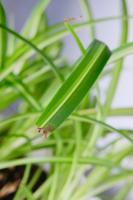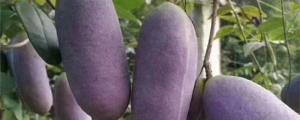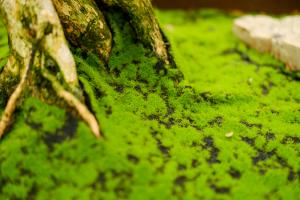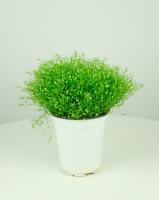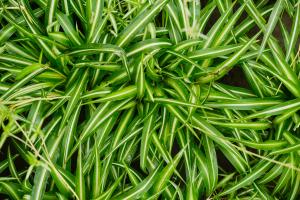Introduction
Plants are notorious for their ability to survive in a variety of harsh conditions. One of the primary challenges that plants face is water loss. Despite this challenge, plants have evolved various strategies to prevent water loss from their leaves, which is the focus of this article.
Cuticle
The cuticle is a waxy layer that covers the outer surface of the leaves. It is composed of cutin, a hydrophobic polyester, and wax. The cuticle helps prevent water loss from the leaf surface by reducing transpiration, which is the process by which water evaporates from the leaf surface. As such, the cuticle acts as a barrier between the leaf surface and the outside environment.
Stomata
Stomata are small openings on the leaf surface that facilitate gas exchange between the plant and the environment. The stomata are surrounded by two specialized cells called guard cells, which regulate the opening and closing of the stomatal pore. During periods of water stress, the guard cells close the stomata to reduce water loss. This process is regulated by the plant hormone abscisic acid.
CAM Photosynthesis
CAM photosynthesis is a type of photosynthesis that allows plants to fix carbon dioxide at night and release it during the day without opening their stomata. This process is particularly useful in arid conditions, where water is scarce. During the night, plants take in carbon dioxide and store it in vacuoles. During the day, the carbon dioxide is released from the vacuoles and used for photosynthesis, allowing the plant to conserve water by keeping their stomata closed during the day.
Hairs and Trichomes
Hairs and trichomes are fine, hairlike structures that can be found on the surface of leaves. They can help reduce water loss by trapping a layer of still air around the leaf, which helps to reduce evaporation. Additionally, trichomes can reflect sunlight, which reduces heat accumulation and can prevent water loss through transpiration.
Conclusion
Plants have evolved various strategies to prevent water loss from their leaves. These adaptations include the cuticle, stomata, CAM photosynthesis, hairs, and trichomes. By understanding these mechanisms, we can appreciate the remarkable ability of plants to survive in a wide range of environments.

 how many times do yo...
how many times do yo... how many planted tre...
how many planted tre... how many pine trees ...
how many pine trees ... how many pecan trees...
how many pecan trees... how many plants comp...
how many plants comp... how many plants can ...
how many plants can ... how many plants and ...
how many plants and ... how many pepper plan...
how many pepper plan...